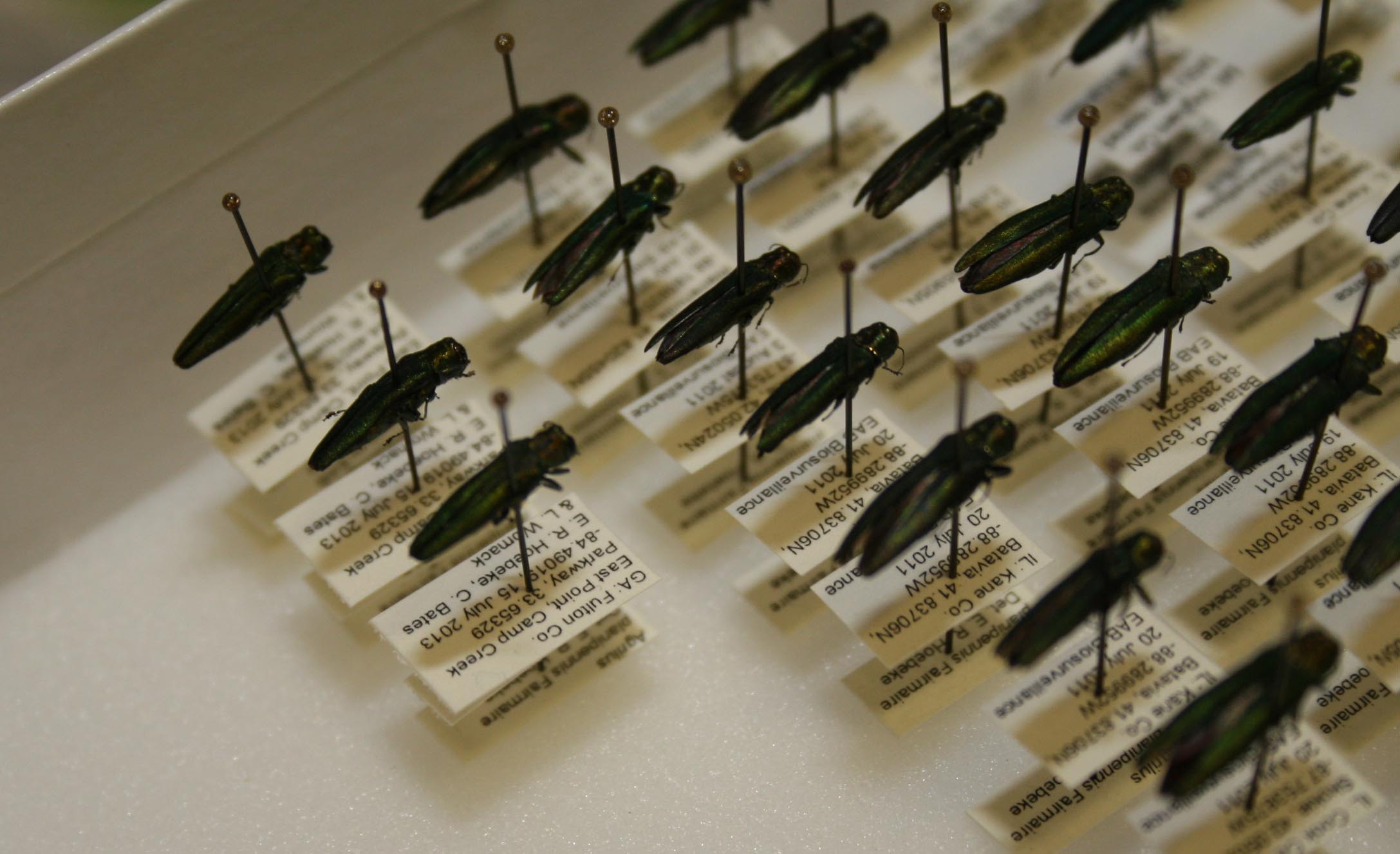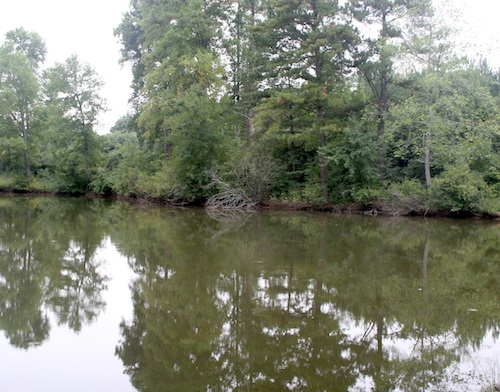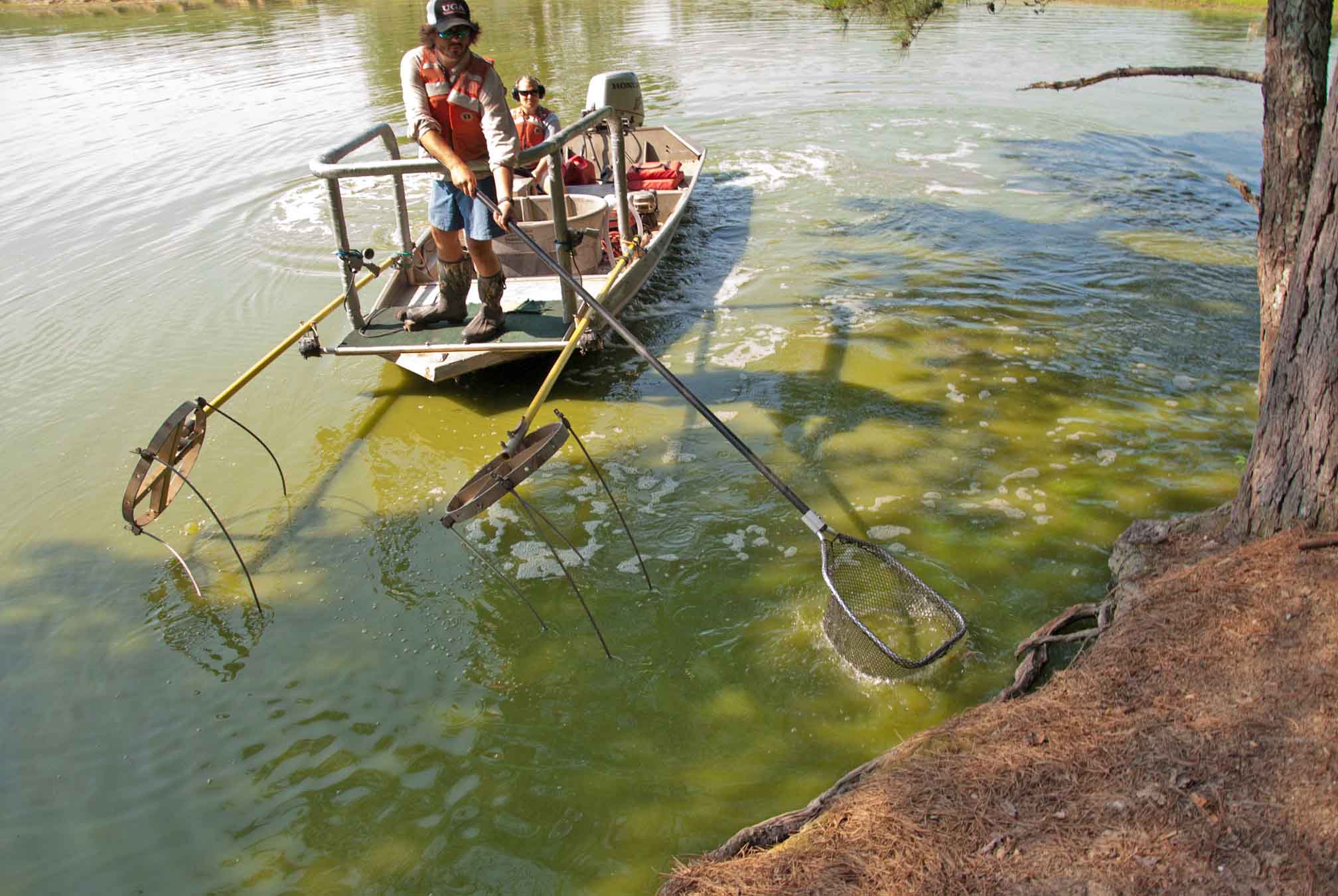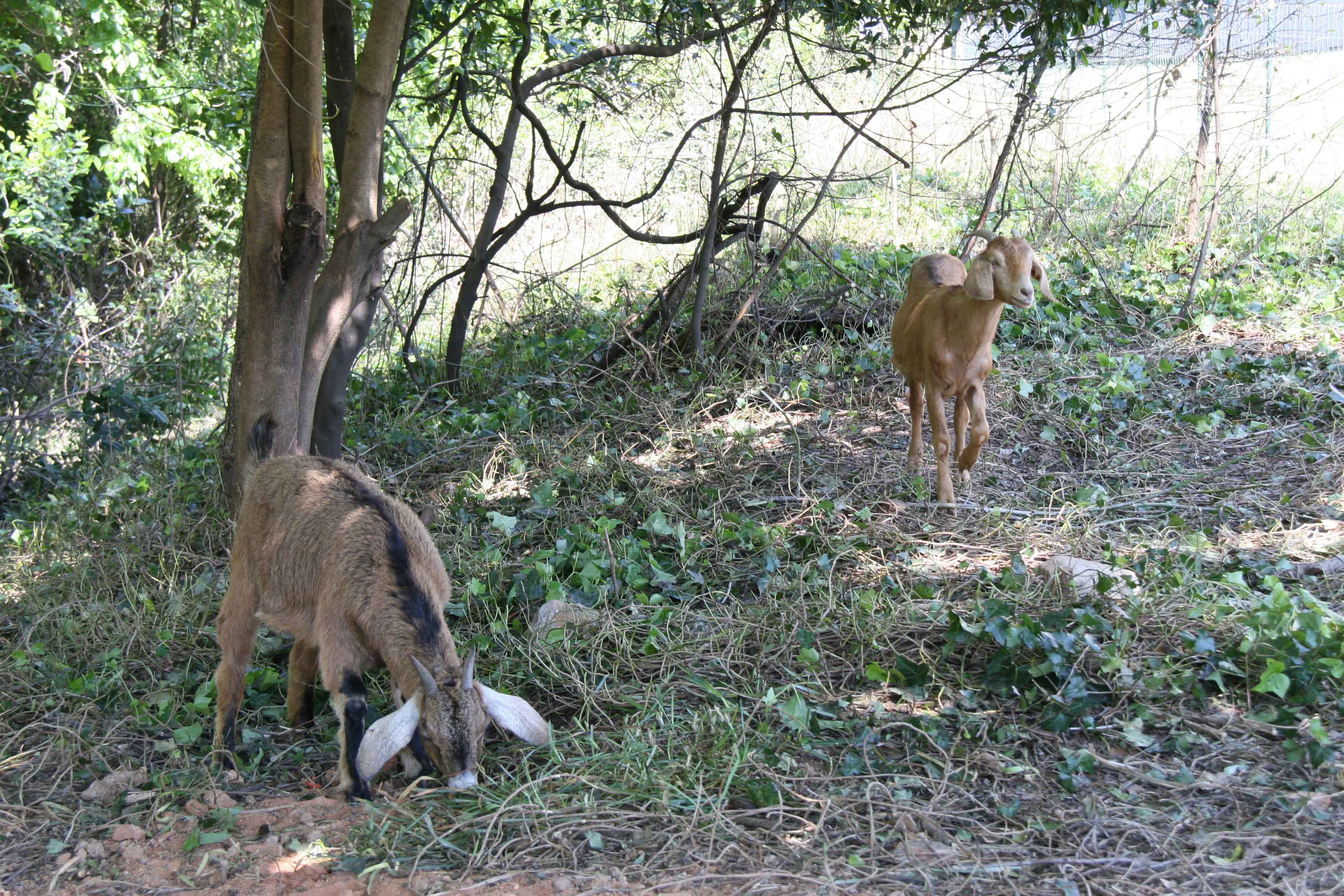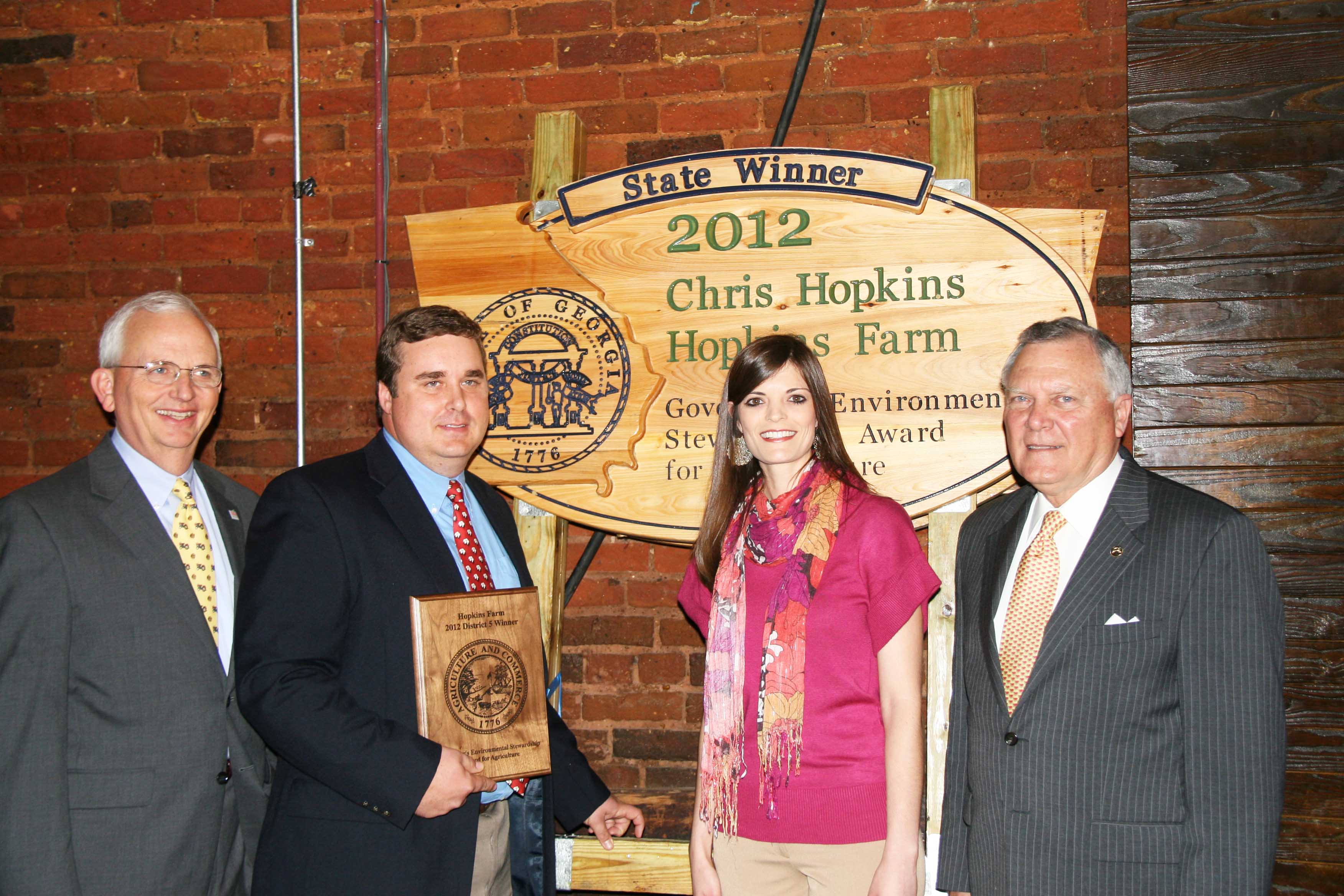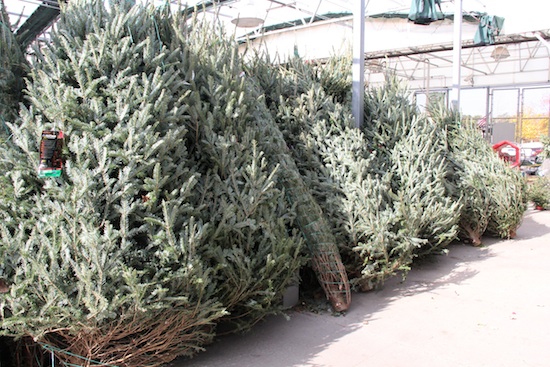 CAES News
CAES News
Christmas Trees
As temperatures drop and Christmas carols begin playing on the radio, the time to search for the right tree is here. People have been buying and decorating trees to celebrate Christmas for more than 500 years. Almost 30 million live Christmas trees are sold in the U.S. every year. UGA Extension experts share these tips for choosing the right tree.

